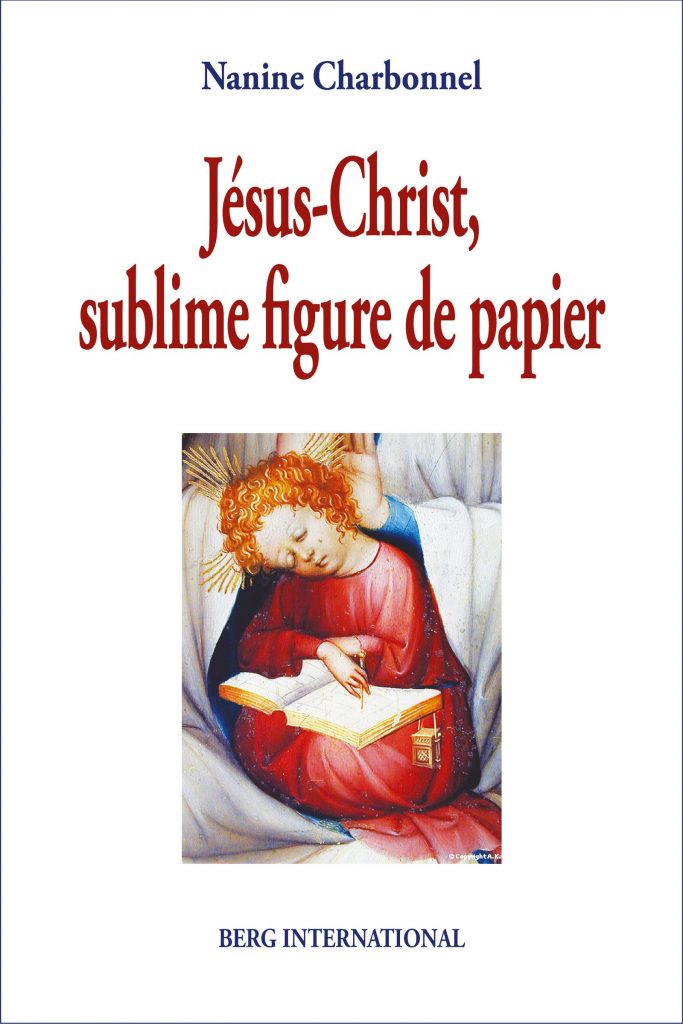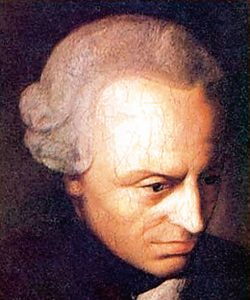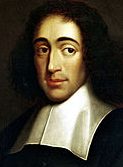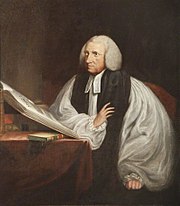 Continuing from New French Mythicist Book . . . We see how the author, a philosopher, begins her journey with the philosophical tradition’s relationship with the Bible.
Continuing from New French Mythicist Book . . . We see how the author, a philosopher, begins her journey with the philosophical tradition’s relationship with the Bible.
Recall that Nanine Charbonnel is a philosopher of hermeneutics. Her opening chapter offers us her distinctive contribution to the question implied by the title of the book. It is headed Philosophy and the Old Testament: The Hermeneutical Impasse.
Nanine Charbonnel begins by asking what relevance French philosophy has to the Bible. Her answer in brief: the Bible has been treated as holy writ or it is avoided entirely.
Qu’est-ce que la philosophie française d’aujourd’hui fait de la Bible ? C’est le règne du tout ou rien : elle est Écriture sainte, ou bien à éviter.
Some devout philosophers have applied their analytical skills to the Bible in the service of their faith. The Old Testament has been mined for gems that can be interpreted — that is, rationalized – as base-lines of our moral consciousness. Those verses declaring humanity’s creation in God’s image and God identifying himself as the essence of being (“I am that I am”) have been treated as promising starting points.
Prominent philosophers (Kierkegaard, Hegel . . .) have regularly alluded to biblical heroes (Abraham, David, Job . . .) as various exemplars of morality.
Charbonnel addresses the contributions of key figures.

Kant
Kant, a philosophical pillar to whom modern thought is still indebted, humbly removed himself from any ability to subject Scripture to mere reason. It was, nonetheless, important for Kant to demonstrate that the Bible made sense in the world of what was accepted as truly moral and rational. To achieve this he reversed the traditional interpretative approach that began with the belief in the divine infallibility of the text and then following its dictates literally, and instead applied the following hermeneutic principle:
morality must not be interpreted according to the Bible, but the Bible according to morality. In the example of [Psalm 59, calling for vengeance], Kant proposes two solutions: either to find a figurative moral sense, or to find a specific political meaning, in this case the politics of God. (Charbonnel, p. 20, translation)

Rousseau
The French philosopher Rousseau turned his back on the Bible and promoted Nature itself as the divine scriptures that could teach us all that was good for us. The Bible, like any other book, was for Rousseau a corrupted human creation.
So I closed all the books. There is only one open to all eyes, it is that of nature. It is in this great and sublime book that I learn to serve and worship his divine author. No one is excusable for not reading, because he speaks to all men a language intelligible to all minds. (Translation of Charbonnel’s citation of Rousseau, Émile.)
Spinoza

Spinoza courageously accepted the view that Moses did not write the Pentateuch but that the laws had been composed specifically for a Persian era Judean state. Scripture’s value was to be found in its moral guidance only. Further, as a divine revelation from God insofar as it taught the highest godly morality, for Spinoza it was also evident that anything from God could not violate the basic laws of reason. Joshua’s long day, therefore, was not a literal miracle of the sun standing still, but an illusion caused by some atmospheric disturbance, ice suspensions, or such, causing an unusual refraction of light. (Spinoza was being especially clever in using this particular miracle to rationalize because only thirty years earlier Galileo had been condemned for contradicting the Bible by saying the sun did not move!) Spinoza’s rationalization is summarized in his words
We can therefore conclude that all that Scripture presents as having really happened has necessarily occurred according to the laws of nature, as everything that happens; and if there is any fact of which we can apodictically prove that it contradicts the laws of nature or has not been produced by them, we must fully believe that it is an addition made to sacred books by sacrilegious men. . . (Translation of Charbonnel’s citation of Spinoza, Theological-Political Treatise.)
German historical-critical methods
By the early nineteenth century German scholarship had effectively undermined the literalist belief in the Bible. The Babylonians and Persians, not God, were the source of stories of the Tower of Babel, Satan, a Garden of Eden, ideas like the resurrection and last judgment. Samuel and David were not the great religious reformers as related in Scripture. Their stories only emerged centuries after they were supposed to have lived, after the Babylonian captivity. Myths and fiction filled many of the stories. The Book of Isaiah was not written by a single prophet. The Book of Daniel was composed as late as the time of the Maccabees.
This method, though, did not remove the need of many to continue to find moral foundations in the Bible.
Literary analysis
If the Bible was falling apart as a work of infallible history, could literary tools help us find a suitable way to understand what we could validly learn about the Bible? Charbonnel reminds us that the literary techniques known to most scholars were applicable to Greco-Roman or other literatures but not to the Biblical texts. I had not known what Charbonnel pointed out about even applying the notion of literary genres to the Bible:
As we know, it was only through the encyclical of Pope Pius XII in 1943, Divino afflante Spiritu, that the use of the notion of literary genres was authorized by the Catholic magisterium.
[From: On le sait, ce n’est que par l’encyclique du pape Pie xn en 1943, Divino afflante Spiritu, que l’utilisation de la notion de genres littéraires fut autorisée par le magistère catholique.] (p. 29)

A pioneering figure in opening up an understanding of the literary techniques of the Old Testament was Robert Lowth. Techniques such as parallelisms and chiasms were found to be the poetic keys to the Bible’s “sublime” presentations, but these rhetorical (including symbolic and metaphorical) techniques were also found to be comparable to ancient Greek poetry. They were human, not divine, techniques.
Myth
Early Christians denounced Greek myths as lies spawned by Satan, but the early opponents of Christianity applied the same charge of baseless myth to Christian beliefs. Greek myths were interpreted by many ancients as allegorical representations of psychological or other realities, and gods were explained as great figures of the past having been divinized and declared to be founders of tribes, states, and so forth.
By the time of the Enlightenment there was open warfare between the Church and Deist philosophers and free-thinkers with accusations of fraud, willful blindness, manipulation, deception, flying. Credulity was at war with its polar opposite.
Scholarly explorations and classifications of “myths” became increasingly sophisticated, or complex. Notions of fables, of philosophical allegories, of crude nature myths, of legends, of magical and fantastical tales, . . . . The Bible’s stories were likewise being seen as a collection of all sorts of “myths”, some more positive or noble than others.

In more recent times we have even come to the point where modern believers can accept the notion of myth as a gateway for their faith and salvation. Myth is made respectably modern. According to Paul Ricoeur,
Myth will here be taken to mean what the history of religions now finds in it: not a false explanation by means of images and fables, but a traditional narration which relates to events that happened at the beginning of time and which has the purpose of providing grounds for the ritual actions of men of today and, in a general manner, establishing all the forms of action and thought by which man understands himself in his world. For us, moderns, a myth is only a myth because we can no longer, connect that time with the time of history as we write it, employing the critical method, nor can we connect mythical places with our geographical space. This is why the myth can no longer be an explanation; to exclude its etiological intention is the theme of all necessary demythologization. But in losing its explanatory pretensions the myth reveals its exploratory significance and its contribution to understanding, which we shall later call its symbolic function — that is to say, its power of discovering and revealing the bond between man and what he considers sacred. Paradoxical as it may seem, the myth, when it is thus demythologized through contact with scientific history and elevated to the dignity of a symbol is a dimension of modern thought. (Ricoeur, p. 5, from English translation fo quotation by Charbonnel)
Further,
The stratum of myths, to which we are referred by pseudo-rational speculation, refers us in its turn back to an experience lying at a lower level than any narration or any gnosis. Thus, the account of the fall in the Bible, even if it comes from traditions older than the preaching of the prophets of Israel, gets its meaning only from an experience of sin which is itself an attainment of Jewish piety. It is the “confession of sins” in the cult and the prophetic appeal for “justice and righteousness” that furnish the myth with a substructure of meaning. . . .
I shall regard myths as a species of symbols, as symbols developed in the form of narrations and articulated in a time and a space that cannot be co-ordinated with the time and space of history and geography according to the critical method. For example, exile is a primary symbol of human alienation, but the history of the expulsion of Adam and Eve from Paradise is a mythical narration of the second degree, bringing into play fabulous personages, places, times, and episodes. (Ricoeur, pp. 6, 18, from English translation fo quotation by Charbonnel)
Myth thus becomes acceptable, even reasonable:
So, a pope [Jean-Paul II, Audience du 19 septembre 1979] can say: “the term ‘myth’ does not designate a fabulous content, but merely an archaic way of expressing a deeper content.”
[From: Du coup, un pape pourra dire : « le terme “mythe” ne désigne pas un contenu fabuleux, mais simplement une façon archaïque d’exprimer un contenu plus profond » (Charbonnel, p. 36)
So the term myth is no longer serves as a decisive criticism of the Bible. Are we to speak of meaningful symbols or figures? We don’t confuse the symbolic with reality but nonetheless embrace symbols as meaningful.
Charbonnel, as far as I understand her point, wants to avoid the term myth and to speak of the Bible stories as literary texts. She speaks of the need to invent tools to help us understand and work with the collection of canonical narratives. They are not all history and we want to avoid being exclusively focused on historicity behind the narratives as many researchers are.
Our intent is not to destroy, to pull apart and demolish the Bible, but to more fully understand it. Her next two chapters look at tools that she trusts will help advance that goal.
Charbonnel, Nanine. 2017. Jésus-Christ, Sublime Figure de Papier. Paris: Berg International.
Ricoeur, Paul. 1969. The Symbolism of Evil. Boston: Beacon Press.
If you enjoyed this post, please consider donating to Vridar. Thanks!

Cher lecteur (sans autorisation de traduction),
Attention ! Il s’agit du chapitre I de la PREMIERE PARTIE!!!
Nanine Charbonnel
I trust I made it very clear in this (and the preceding post) that I have not addressed your entire book but only your first chapter here. (Many readers of Vridar have a special interest in the question of the historicity of Jesus and understand that that is the question your book addresses, and it is evident that I have not addressed your book as a whole in this post. Most readers are aware that I post in depth on certain topics with a series of posts, each post covering one detail of a larger argument. For example, I interrupted my posts on your book to present two posts addressing the question of the term midrash as applied to the NT.)
I concluded the previous post with an introduction to this one with these words:
Note that I wrote in that continuing post above:
“Nanine Charbonnel site personnel”. charbonnel.populus.org.
°Table des matières du livre :
PRÉLUDE
• 1 ère Partie — Ancien Testament : la Bible hébraïque faite d’attentes au sein du texte
• 2 ère Partie — Les Évangiles sont des midrashim
CONCLUSION
Autres personnages de papier
Métaphysique occidentale et génie de la fictionnalité
Glossaire
Annexe
Index rerum
Index nominum
Bibliographie
Table des matières
See: “Jésus-Christ, sublime figure de papier”. charbonnel.populus.org.
OP: “Charbonnel . . . wants to avoid the term myth and to speak of the Bible stories as literary texts.”
• Paul-Louis Couchoud also avoided the term myth, Couchoud’s Jesus is not a “myth”, but a “religious conception”.
“Paul-Louis Couchoud § Alfred Loisy’s History and Myth of Jesus (1938) § “Myth” versus “religious conception””. Wikipedia.
I woke up this morning regretting that I had omitted Charbonnel’s discussion of David Strauss and Rudolf Bultmann. I am thinking of either adding an addendum post to this one or “redacting” the original above.
Just do another post?
Title it “Jésus-Christ, Sublime Figure de Papier. Chap 1.b. Hermeneutical Impasse””
(and rename this one Jésus-Christ, Sublime Figure de Papier. Chap 1.a. Hermeneutical Impasse [??])
OP: “The Bible, like any other book, was for Rousseau a corrupted human creation.”
“A new reading of Jean-Jacques Rousseau’s works trans. Patricia Buccellato”. charbonnel.populus.org.
Cf. Charbonnel, Nanine (2006). Philosophie de Rousseau (Rousseau’s philosophy), 3 vols., Aréopage.